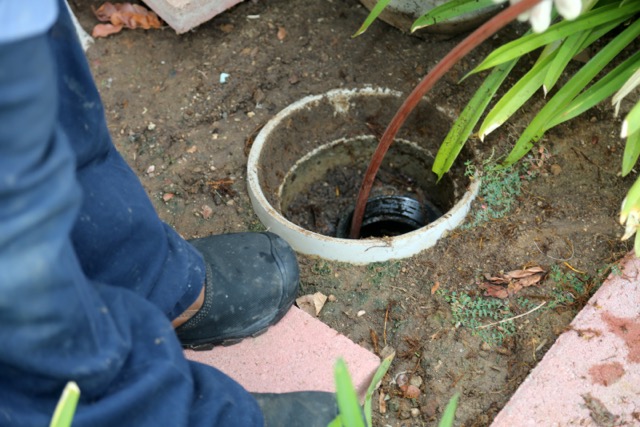
When it comes to your home’s plumbing system, understanding the key differences between sewer lines and water lines is essential. While this might seem straightforward for a professional plumber, many homeowners may not fully grasp the role each line plays in keeping their home functioning smoothly. At Criterion Plumbers, we’re here to help you understand these differences and provide expert solutions for water line replacement and trenchless sewer repair.
What Is a Sewer Line?
A sewer line is responsible for transporting waste from your home to a designated disposal or treatment area. This waste includes everything from the dirty water from your kitchen sink to what gets flushed down your toilet. Essentially, any water that leaves your home through drains is classified as waste and moves through the sewer line.
Sewer lines can be made of various materials, including cast iron, galvanized steel, PVC plastic, and clay. These lines connect to either a public sewage treatment system or a private septic system, depending on your location.
The waste carried through these pipes includes:
- Toilet waste
- Dirty dishwater
- Shower and tub drainage
- Washing machine discharge
Some forms of waste, like “clear water waste” from air conditioners or dehumidifiers, may not need treatment and are often routed to a different disposal system, like a sump or stormwater drain.
What Is a Water Line?
On the other hand, a water line delivers clean, potable water into your home. This water can come from a private well or a municipal supplier. It is the water that flows from your faucets, runs through your washing machine, and fills your water heater. In a typical household, the water line is designed to distribute clean water for drinking, cooking, washing, and other essential daily activities.
The materials used for water lines include copper, brass, PEX, and other types of plastic. These materials must adhere to state plumbing codes to ensure that the water entering your home remains safe and uncontaminated. It’s also important to note that water lines must be kept separate from sewer lines to prevent contamination.
Key Differences Between Sewer and Water Lines
The main difference between sewer lines and water lines lies in the direction of flow and the type of content each line handles:
- Sewer lines carry waste away from your home.
- Water lines bring clean, usable water into your home.
Additionally, sewer lines often require more frequent maintenance due to the nature of the materials passing through them, while water lines are more focused on preventing contamination and maintaining clean water flow.
Why It’s Important to Understand the Difference
Understanding the difference between sewer and water lines can help you identify potential issues early on, such as blockages, leaks, or contamination risks. If you notice slow drainage or foul smells, your sewer line may be clogged. Alternatively, if you’re experiencing reduced water pressure or unusual water discoloration, your water line may need attention.
Call Criterion Plumbers for Trenchless Sewer and Water Line Replacement
If you’re dealing with sewer or water line issues, it’s important to address them promptly to prevent more significant damage. At Criterion Plumbers, we specialize in trenchless sewer and water line replacement, minimizing disruption to your property while providing long-lasting solutions. Contact us today to learn more about how we can help you with water line replacement or other plumbing services.

